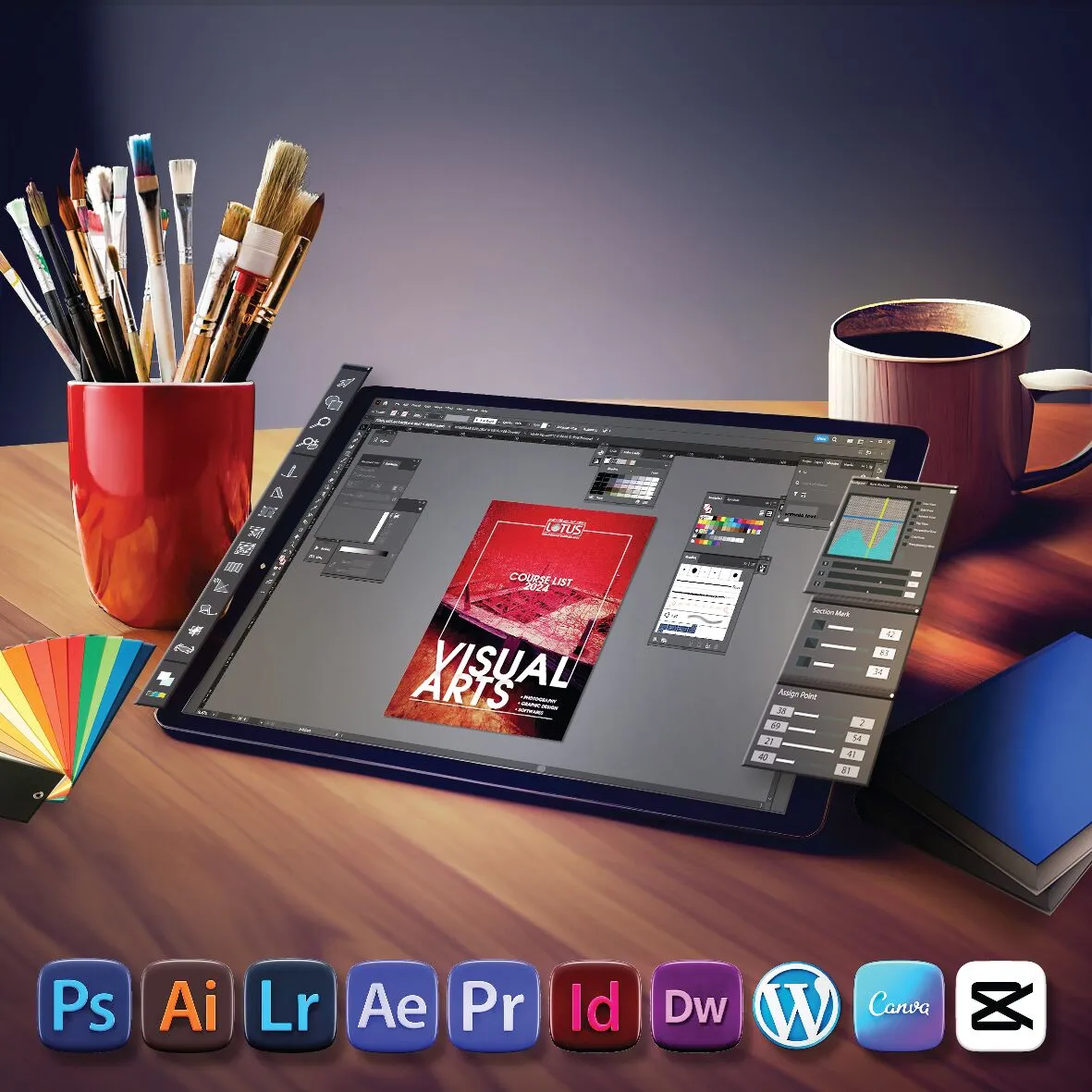Creativity can start with a simple idea, a sketch on paper, a color you like, or a message you want to share. But turning that idea into something clear and eye-catching takes more than just talent. This is where graphic design courses give you wings to fly. They help you understand how to take your thoughts and shape them into designs that speak to people.
Learning to Think Like a Designer
In a design course, you learn to look beyond just colors and shapes. You start to ask questions like: Who is this for? What is the message? How will people see or use this design? This way of thinking helps you come up with better ideas, not just for design but for many creative tasks. You begin to think with more care and purpose, even when working on simple projects.
Using Tools to Bring Ideas to Life
Design software such as Adobe Illustrator, Photoshop, and other tools are introduced early in most courses. At first, they may seem difficult to use, but regular practice makes them feel more natural. Once you’re comfortable with these programs, they become part of your creative process. You can try new styles, adjust layouts quickly, and explore ideas more freely. This makes it easier to move from a rough sketch to a polished final piece.
Solving Problems with a Creative Mindset
A big part of design is problem-solving. You might need to create a poster that grabs attention or design a logo that feels modern and simple. With each project in a design course, you practice thinking through these problems step by step. You learn how to try different ideas, test them, and make smart changes. This kind of problem-solving becomes a habit that helps in many creative fields.
Accepting Feedback and Growing From It
Design students often share their work with teachers and classmates. This opens the door to feedback, which helps you grow. Instead of seeing comments as criticism, you begin to see them as a way to improve. Over time, you learn how to make changes that make your work stronger and more thoughtful.
Taking graphic design courses gives you more than just technical skills. It shapes the way you think, solve problems, and create ideas that have meaning. As your thinking changes, your designs become clearer, smarter, more creative and ready for the real world.
 How a Graphic Design Course Can Transform Your Creative Thinking
How a Graphic Design Course Can Transform Your Creative Thinking  Braces Vs. Veneers – An Easy Comparison
Braces Vs. Veneers – An Easy Comparison  Adapting Your Financial Plans After a Major Life Event
Adapting Your Financial Plans After a Major Life Event  How To Spot The Value In Flats For Sale Across Business Bay
How To Spot The Value In Flats For Sale Across Business Bay  A Closer Look At Fittings That Never Fail Under Stress
A Closer Look At Fittings That Never Fail Under Stress  Test Day Secrets That Support Truck License Success
Test Day Secrets That Support Truck License Success  The Role Of Metal Fabricators In Modern Construction
The Role Of Metal Fabricators In Modern Construction  Reasons To Choose A Private Driver For Your Car
Reasons To Choose A Private Driver For Your Car  How to Vet and Hire the Perfect Interior Design Consultancy Firm
How to Vet and Hire the Perfect Interior Design Consultancy Firm 


